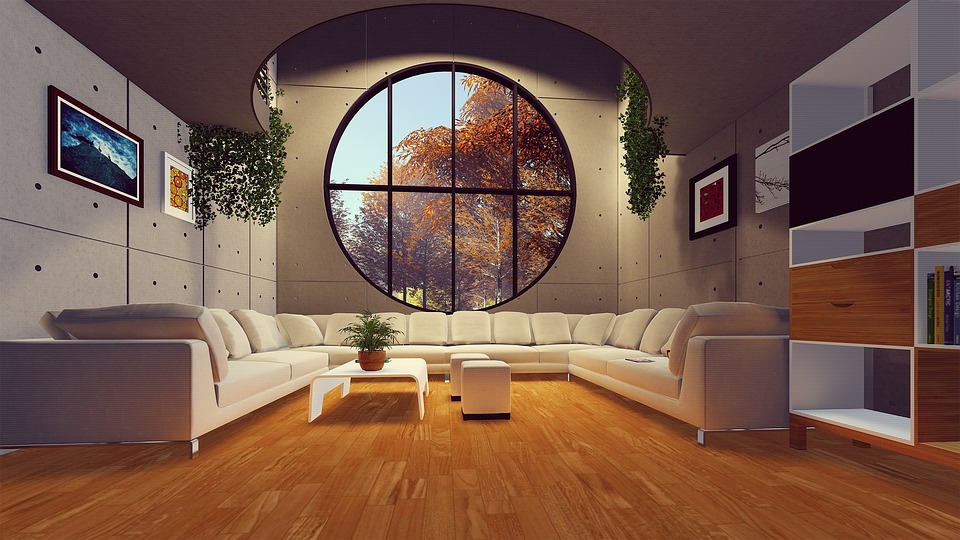
The world of modern furniture design is constantly evolving and in recent years, there have been several key trends that have shaped the industry. From sustainability to technology integration, designers are pushing the boundaries to create innovative and functional pieces that reflect the changing lifestyles and needs of consumers. Here are five key trends in modern furniture design that are shaping the way we furnish our homes and spaces.
1. Sustainable Materials and Practices
One of the biggest trends in modern furniture design is the use of sustainable materials and environmentally-friendly practices. In response to the growing concern over climate change and environmental degradation, designers are opting for materials such as reclaimed wood, bamboo, and recycled plastics. Additionally, many manufacturers are implementing energy-efficient production methods and reducing waste in their manufacturing processes.
2. Minimalism and Clean Lines
Minimalism has been a dominant trend in modern furniture design for several years now, and it continues to shape the industry. Clean lines, uncluttered spaces, and a focus on functionality are hallmarks of minimalist design. This trend is driven by the desire for simplicity and the need for furniture that is both visually appealing and practical in a variety of spaces.
3. Multi-Functional and Modular Design
With the rise of urban living and smaller living spaces, there is a growing demand for multi-functional and modular furniture. Designers are creating pieces that can serve multiple purposes, such as a sofa that can be transformed into a bed, or a table that can be expanded to accommodate more guests. This trend reflects the need for furniture that can adapt to the changing needs of modern lifestyles.
4. Integration of Technology
The integration of technology into furniture design is another key trend in the industry. From built-in charging stations to smart furniture that can be controlled with a smartphone, designers are finding innovative ways to incorporate technology into their creations. This trend is driven by the growing reliance on technology in our daily lives and the desire for furniture that can seamlessly blend into the digital world.
5. Customization and Personalization
Consumers are increasingly looking for furniture that reflects their personal style and preferences. As a result, custom and personalized furniture design has become a significant trend in modern furniture. From customizable upholstery options to modular furniture systems that can be designed to fit specific spaces, designers are offering more options for consumers to create furniture that suits their individual needs and tastes.
In conclusion, modern furniture design is continually evolving to meet the changing needs and preferences of consumers. From sustainability to technology integration, these trends are shaping the industry and driving innovation in the creation of functional, stylish, and environmentally-conscious furniture. As we move forward, it will be exciting to see how these trends continue to influence the world of modern furniture design.